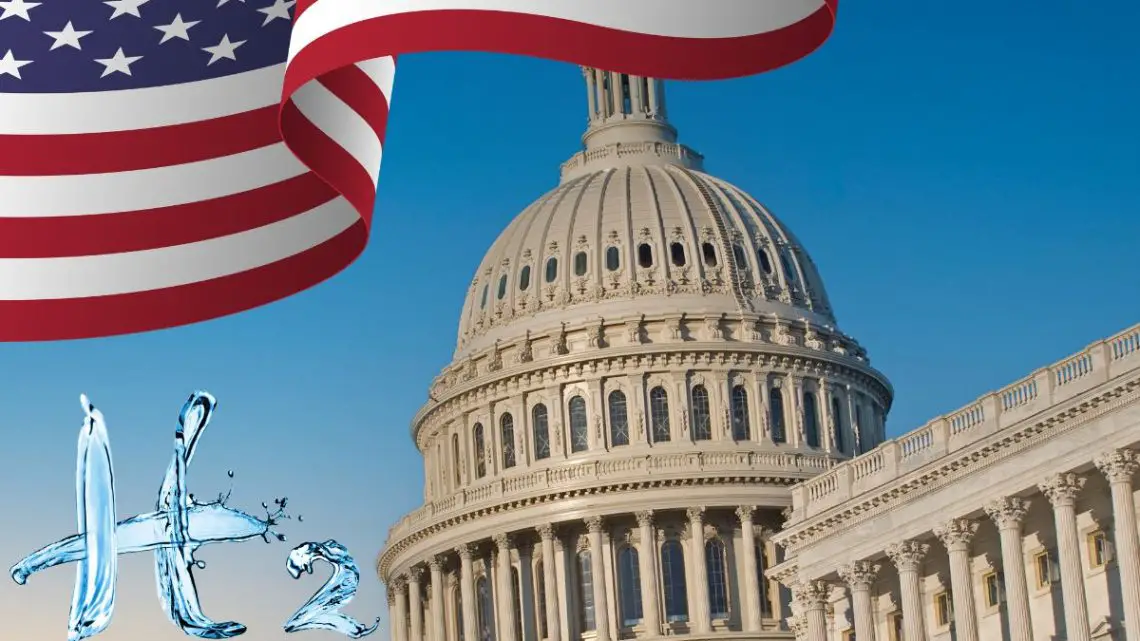
Is Biden’s clean hydrogen plan turning into a pipe(line) dream?
June 3, 2024The goal of creating an H2 economy from the ground up have hurdles along the way
US President Joe Biden has promised $7 billion for a massive clean hydrogen strategy throughout the United States, but as can be expected of any from-scratch plan of that scale, there are going to be challenges along the way.
Many are pointing to pipelines as one of those challenges
While plans are in place to produce millions of metric tons of clean hydrogen from hubs around the country to distributors and end users, the infrastructure has yet to be established. This will likely mean everything from trucks to the use of existing natural gas infrastructure and brand-new pipelines.
New pipelines will be a notable implementation challenge, but trucks are unlikely to be able to move the amount of H2 necessary to meet the demand that is expected to grow in US transport, heavy-duty machinery, backup power, and industry.
Why are new pipelines a big clean energy challenge?
Of course, it’s not the pipelines themselves that are a challenge. Building pipelines is hardly new technology, and there are many already in place for the distribution of natural gas. However, they were built gradually over time. In this case, the need will be to build them rapidly across state lines.
The federal government does not have the authority to issue the permits required for that type of construction. As a result, it will be up to each individual state to issue those permits, and the states have regulations in place to be able to determine who is qualified to safely transport H2 via pipeline.
Biden’s plan
President Biden is investing $7 billion into clean energy projects through the 2021 Bipartisan Infrastructure Law, out of its total $65 billion in investments in the country. The funds have primarily been focused on the seven production hubs across the US, but additional infrastructure will be required in order to ensure that fuel can move to where it’s needed.
The Department of Energy published an H2 infrastructure road map, indicating that there needed to be a “rapid scale-up” in pipelines through investments, which will rise from between $2 billion and $3 billion per year from 2023 through 2030. At the same time that this is a substantial expense, it is also expected to create jobs, support the overall economy, and establish the United States as a leader among clean hydrogen producers. Furthermore, the aim is to ensure that the zero- and low-carbon fuels are available for meeting decarbonization targets in the battle against the climate crisis.



 With over 15 years of reporting hydrogen news, we are your premier source for the latest updates and insights in hydrogen and renewable energy.
With over 15 years of reporting hydrogen news, we are your premier source for the latest updates and insights in hydrogen and renewable energy.
Why not convert all trains and semi-trucks going north,south,East and west to green hydrogen tomorrow. Then fossil fuels, EV and green hydrogen to meet the individual needs of the people. Choice!!!!
AM I the Only One thinking this way?
I would love to see an article on this subject. Thank you.
Just use H2 near where it is made. Leaks 3-5 times as much as methane and is a terrible fuel The UK rescinded home heating dreams.